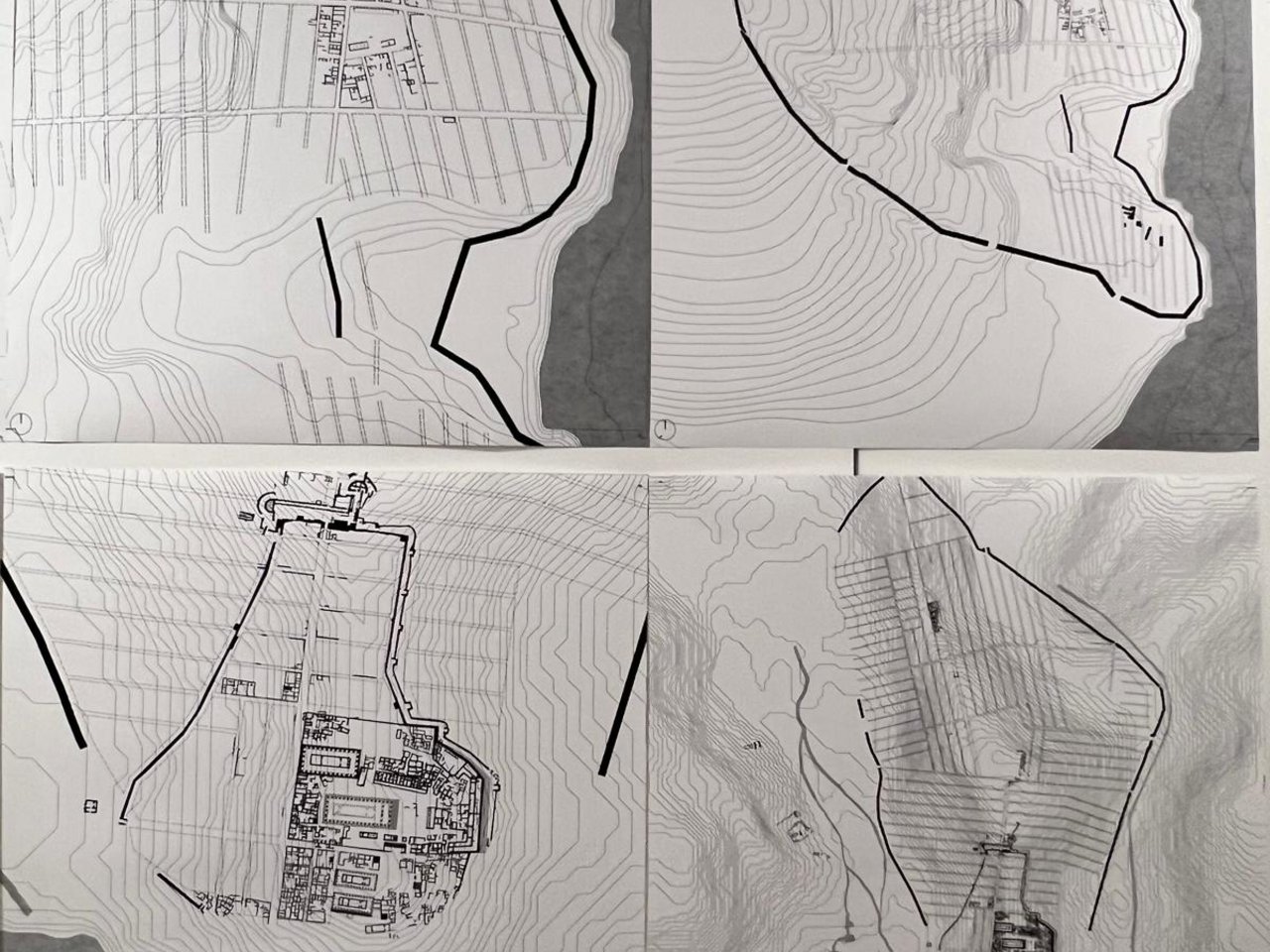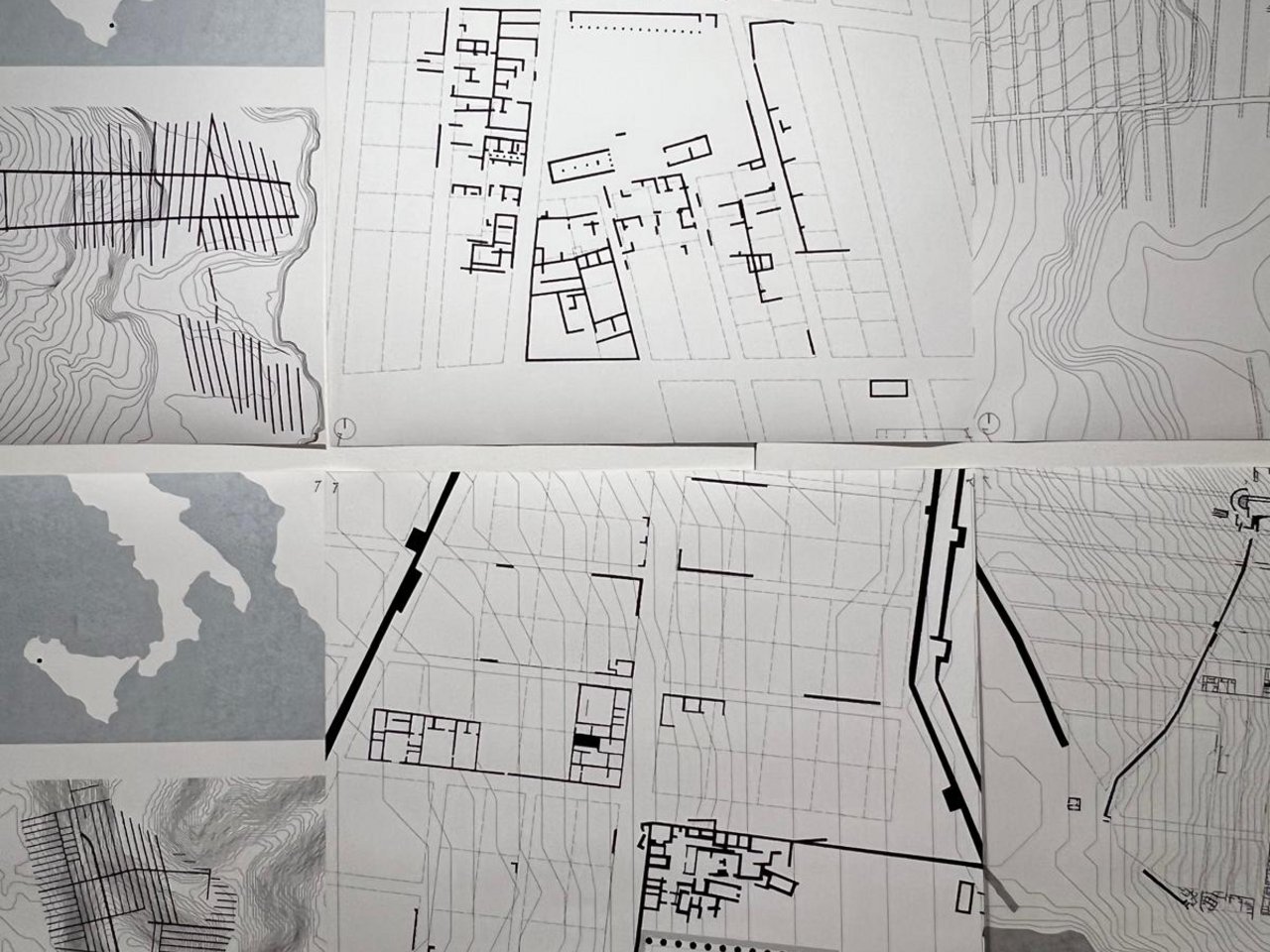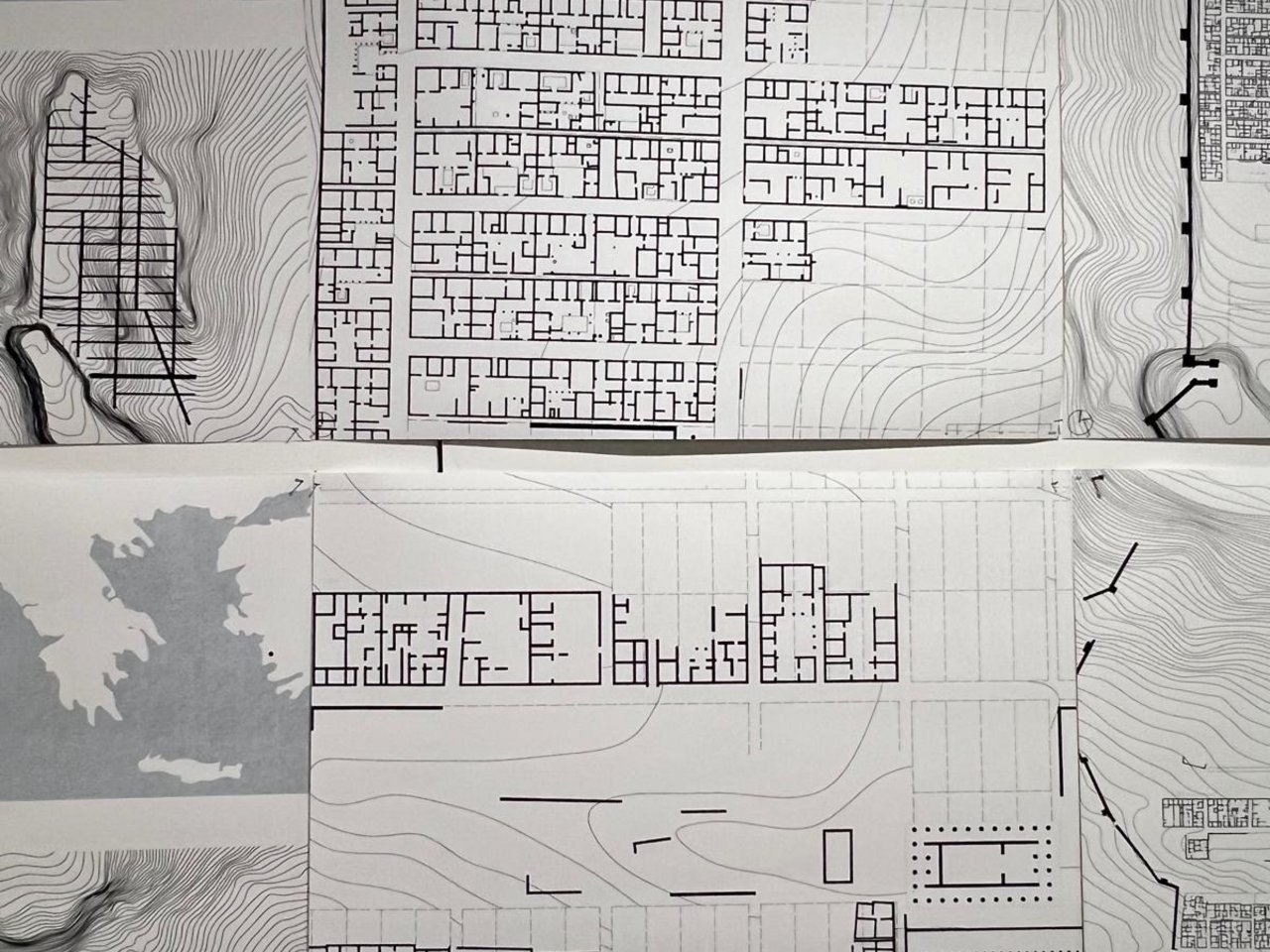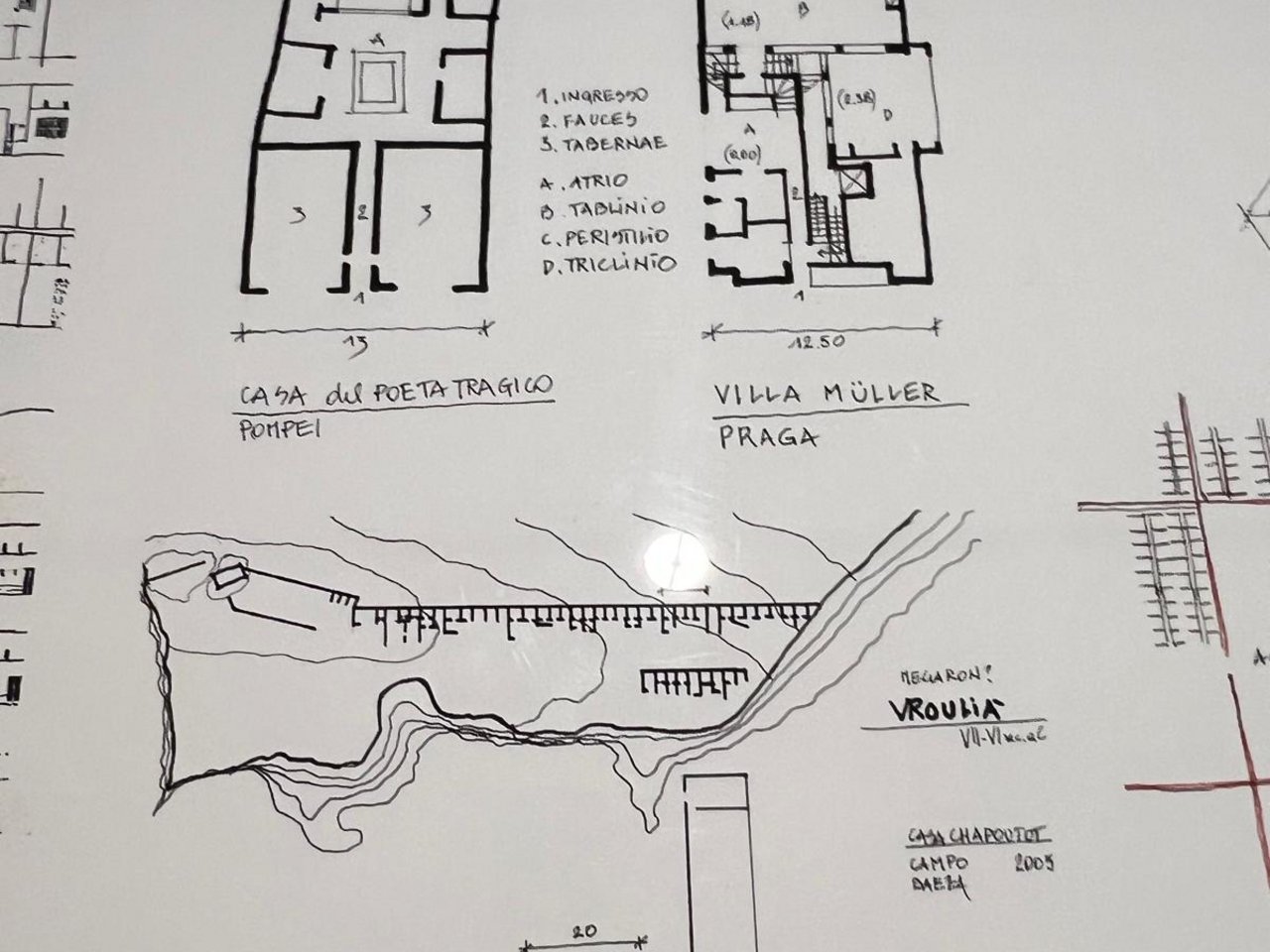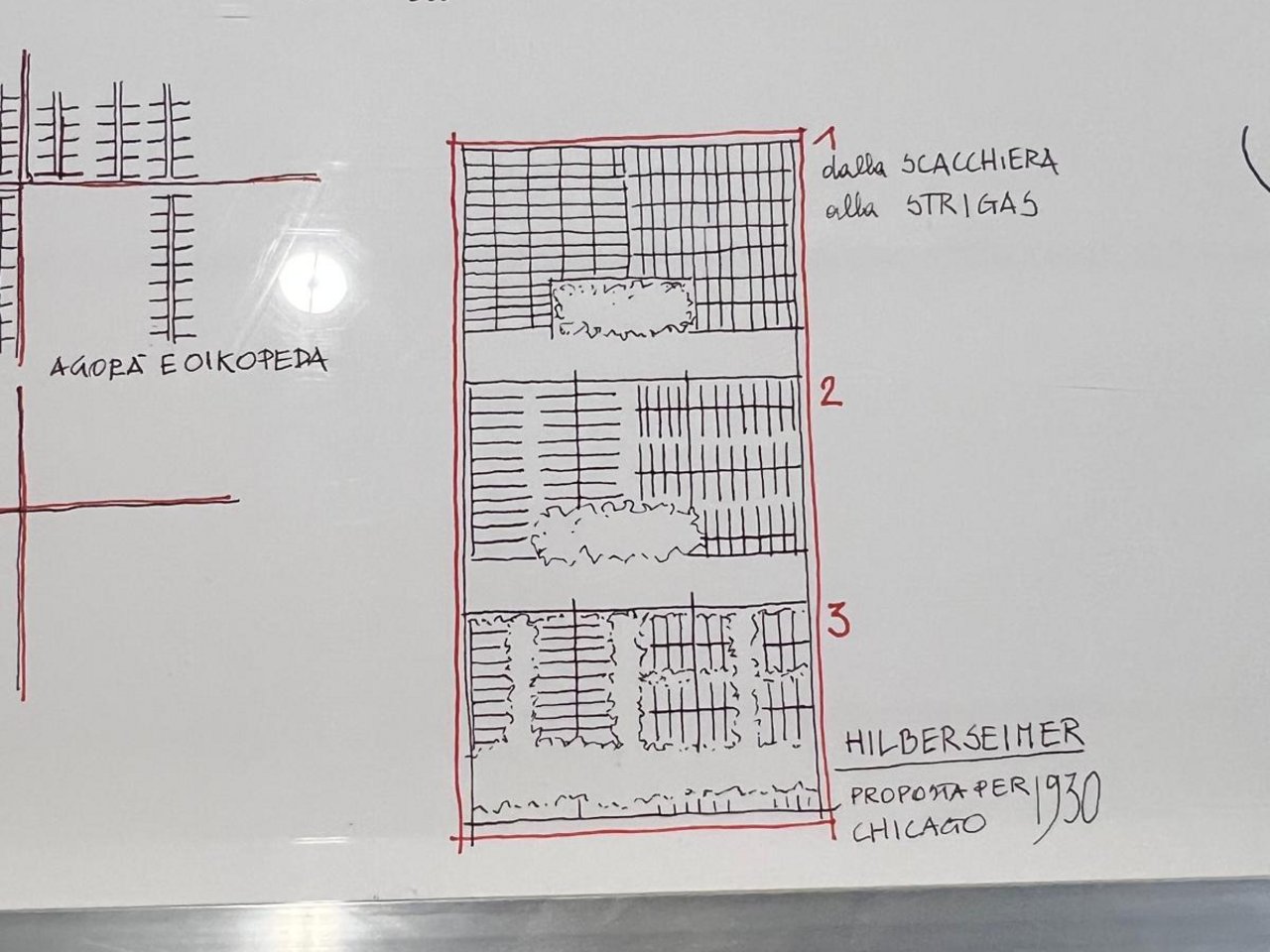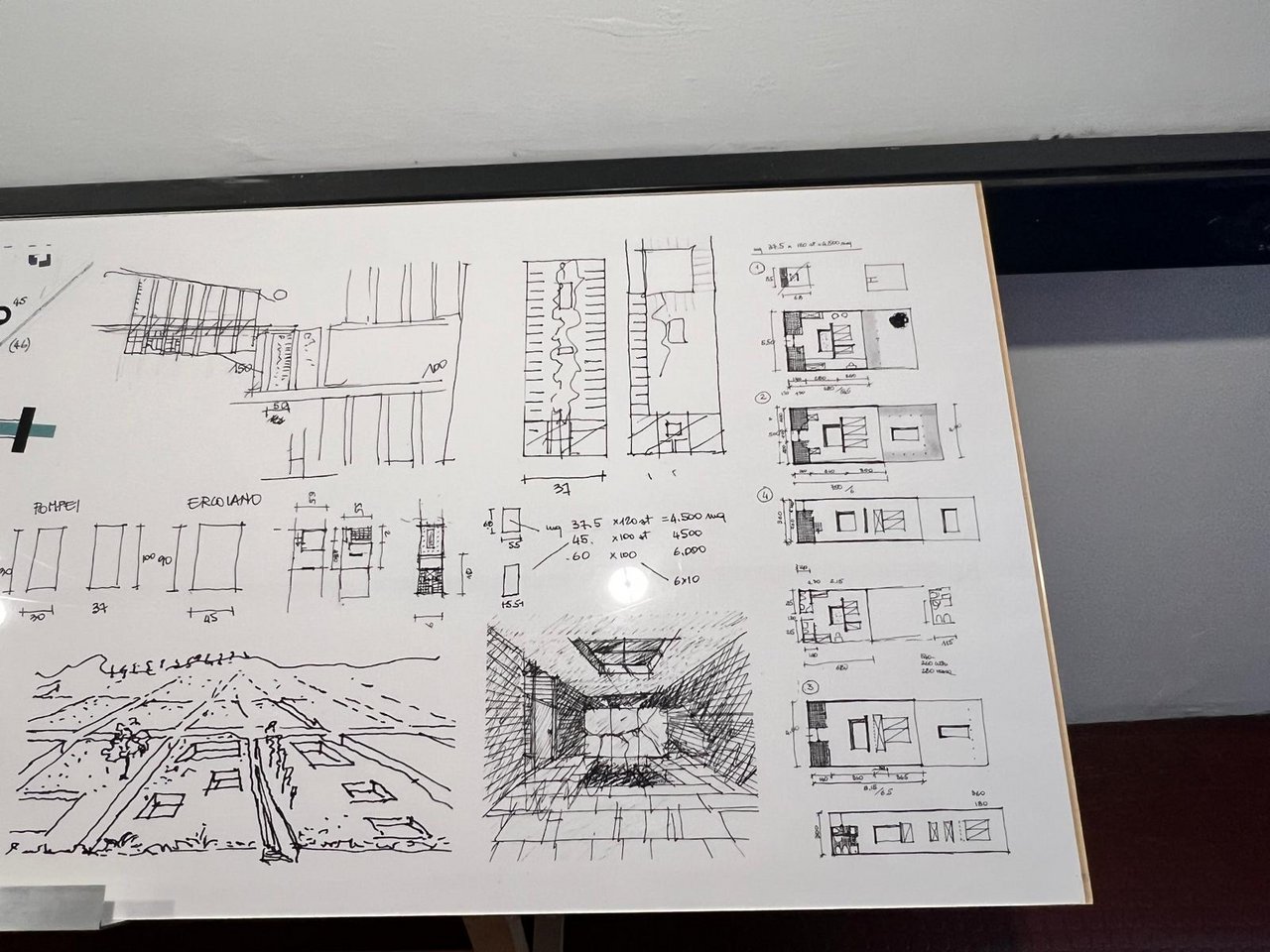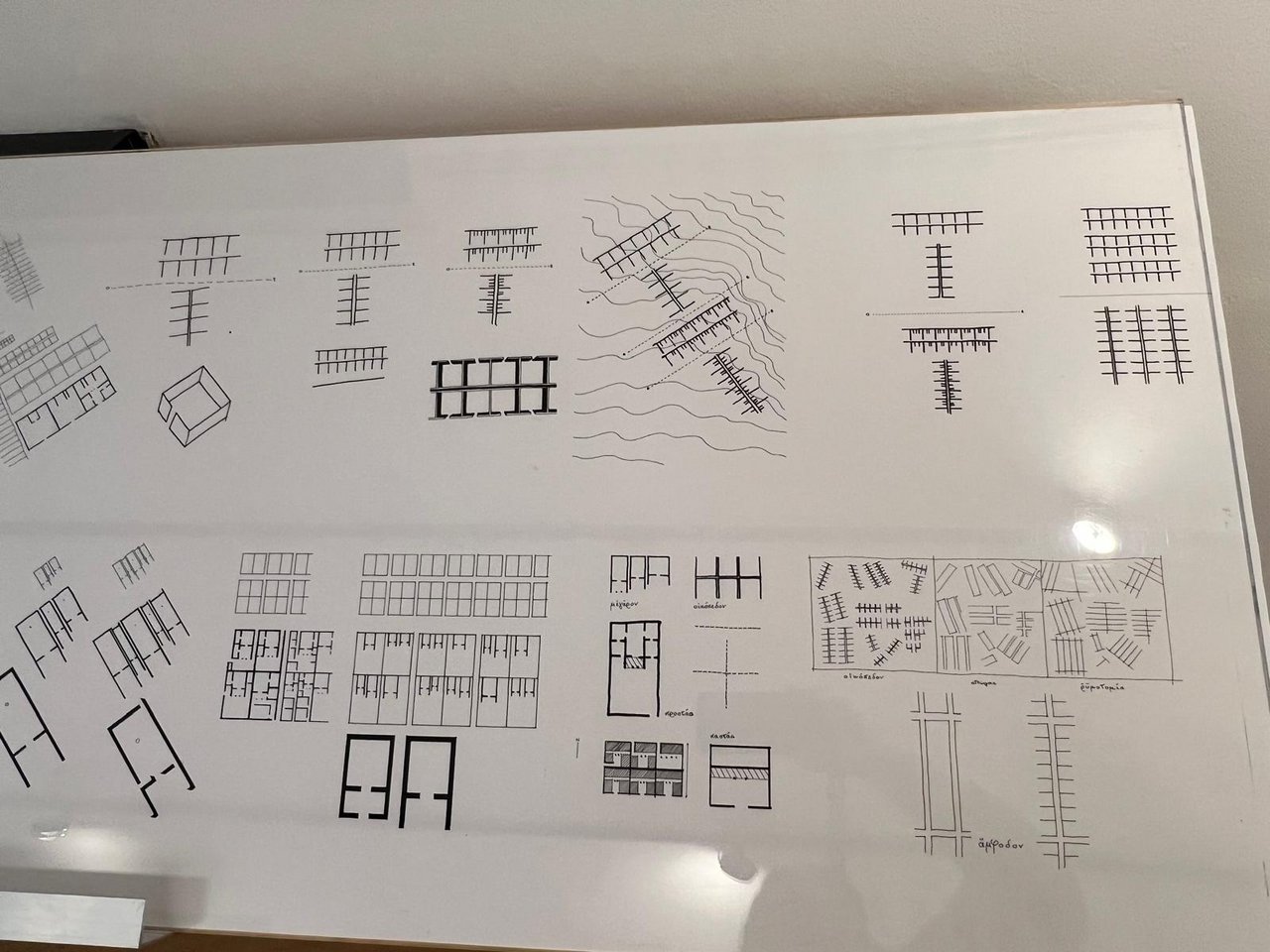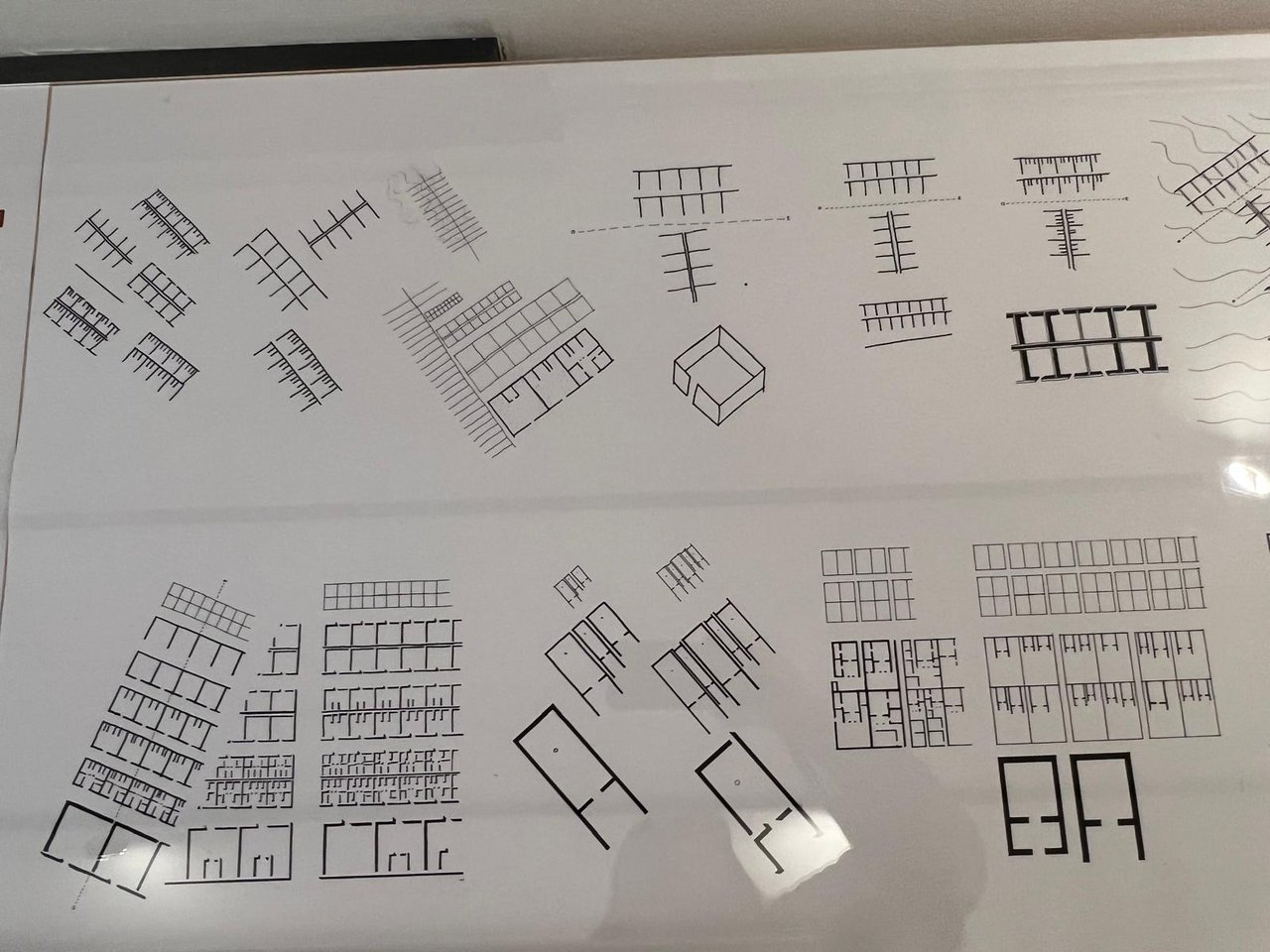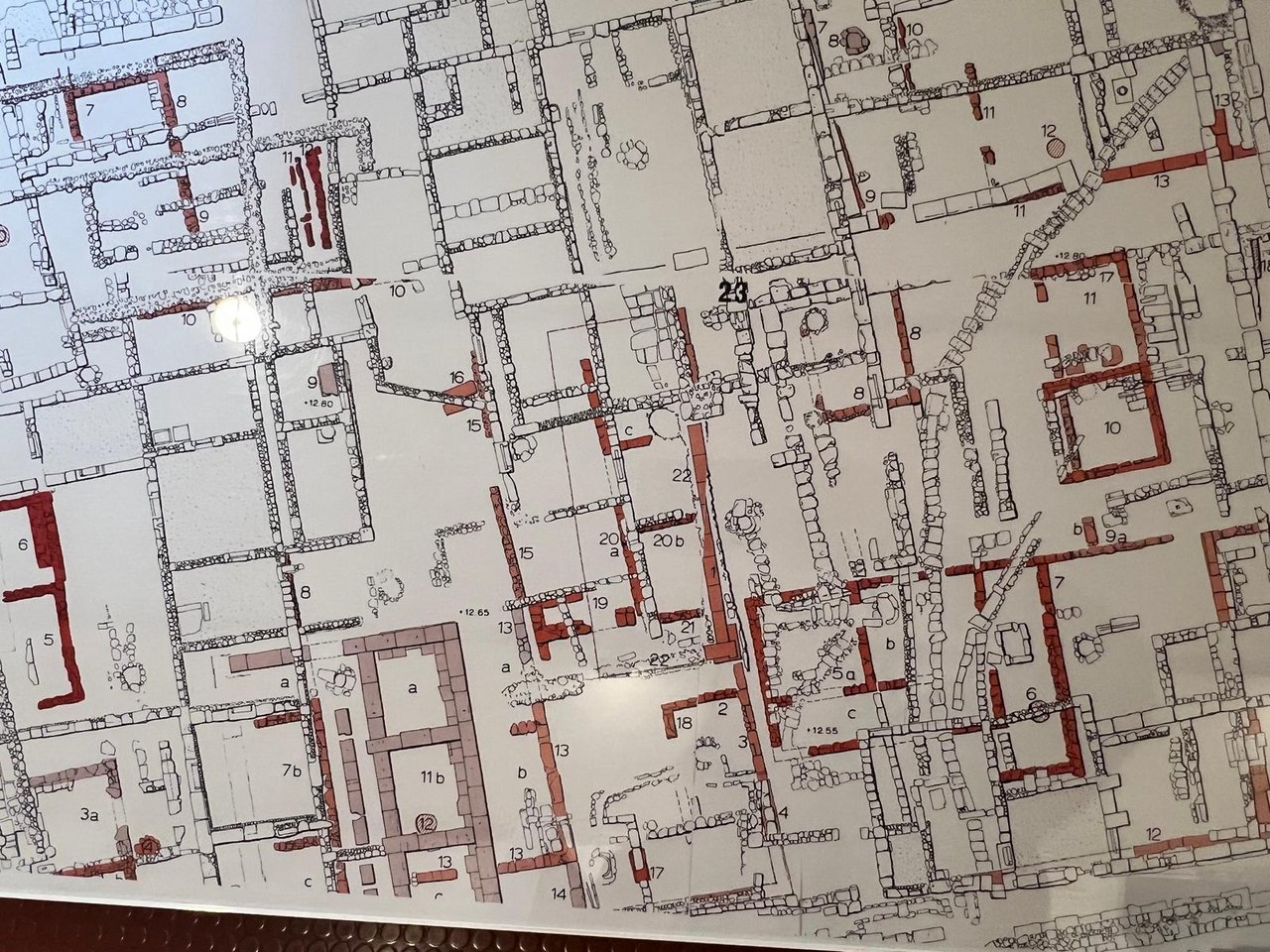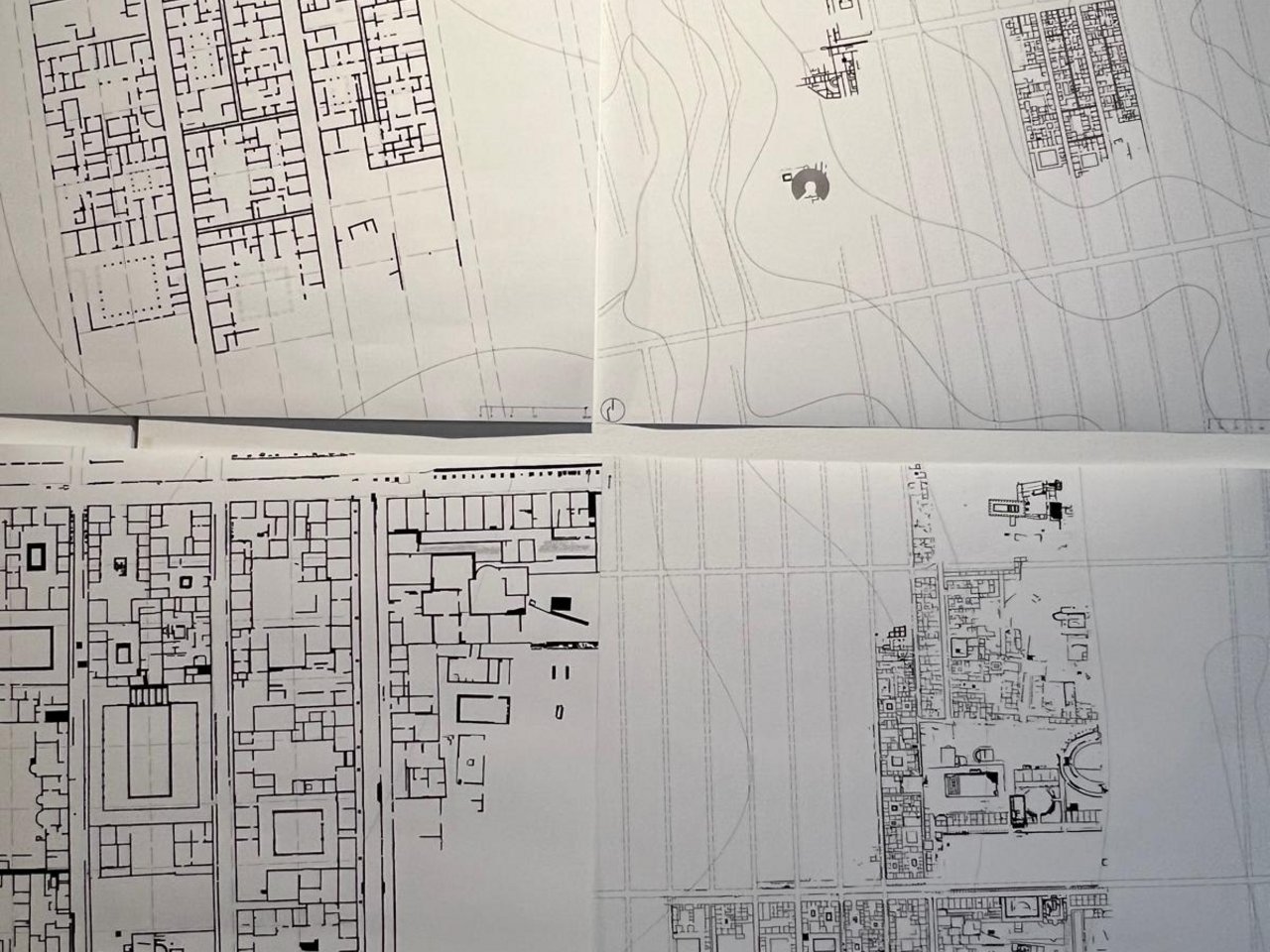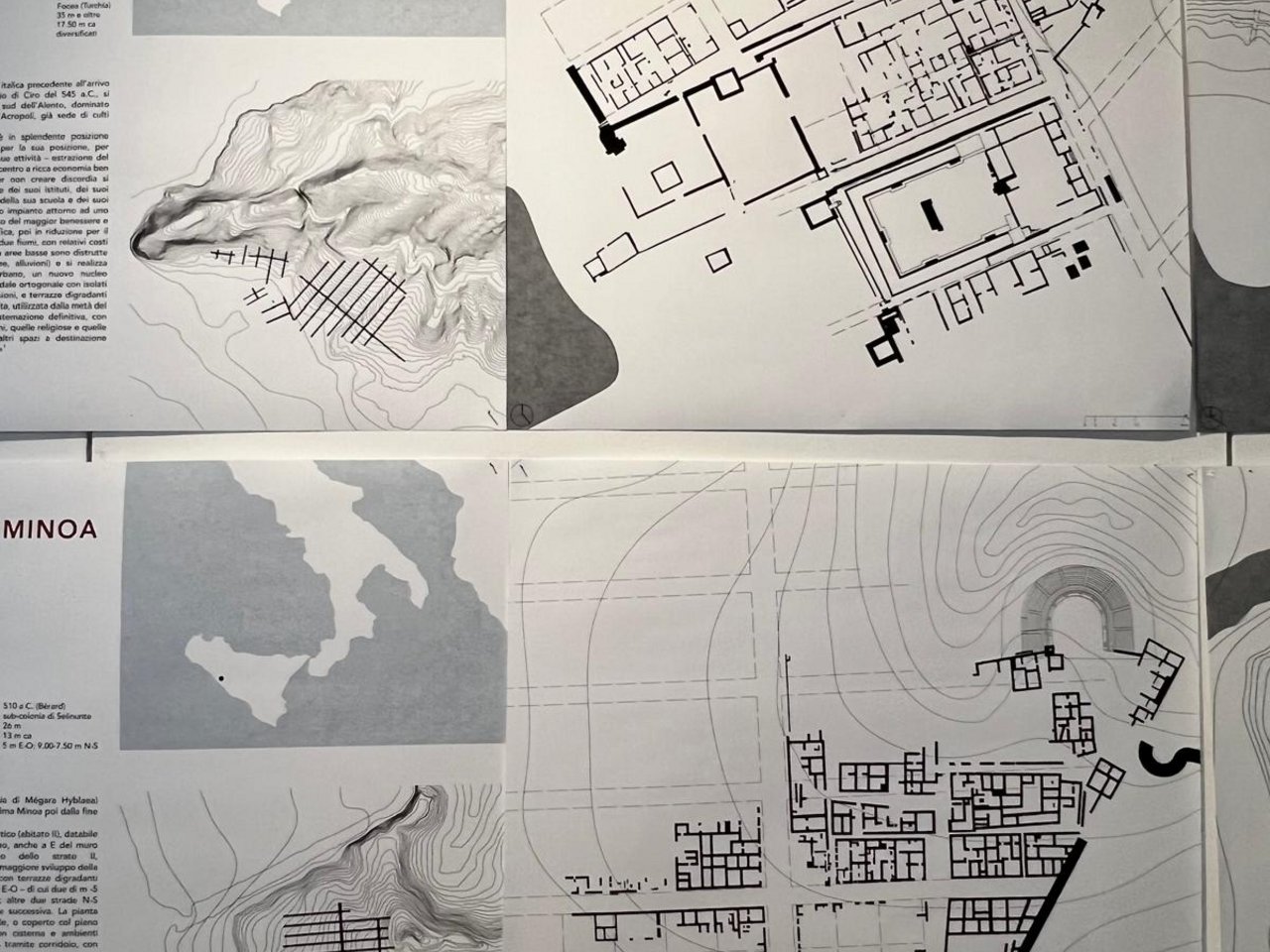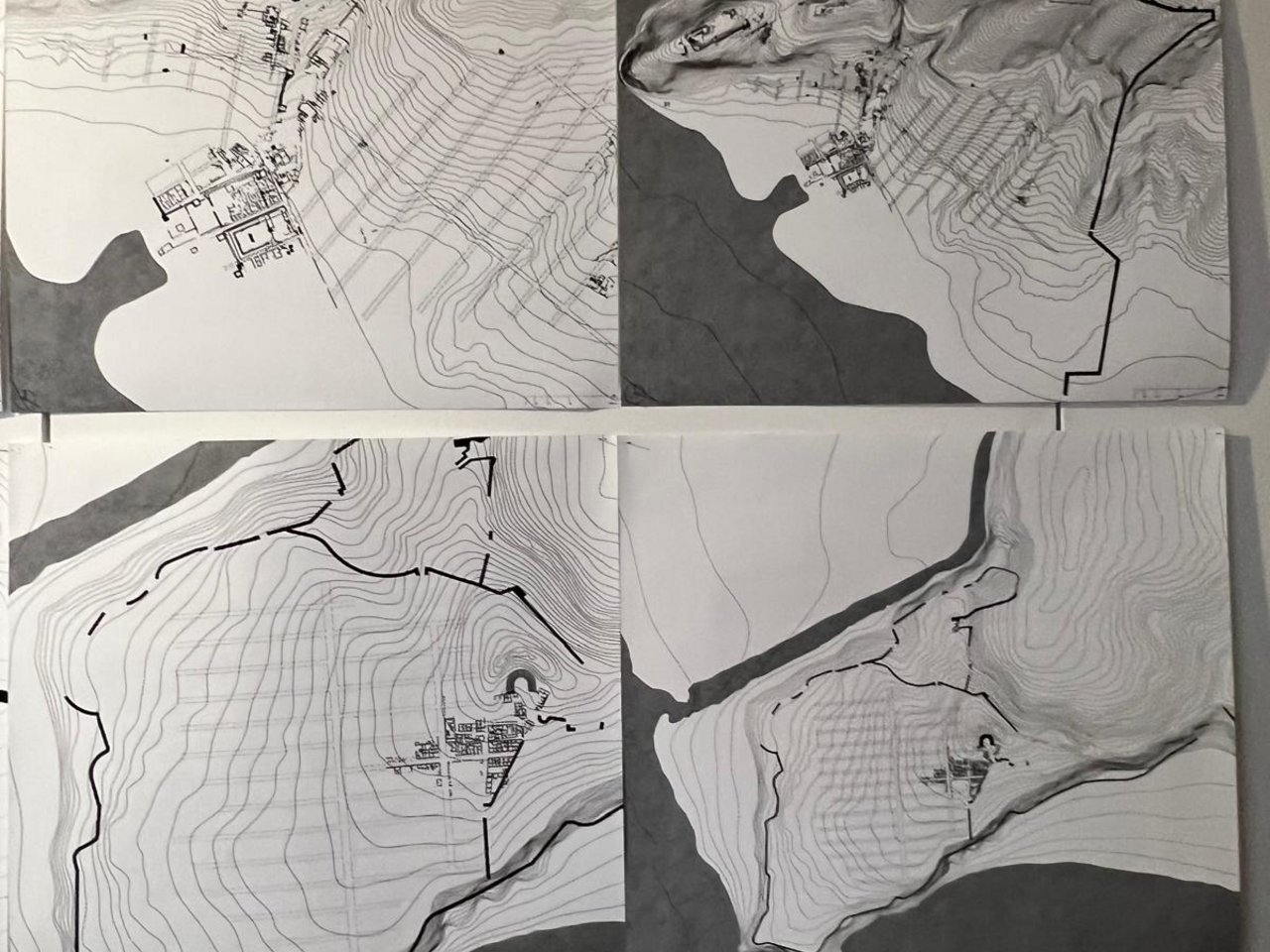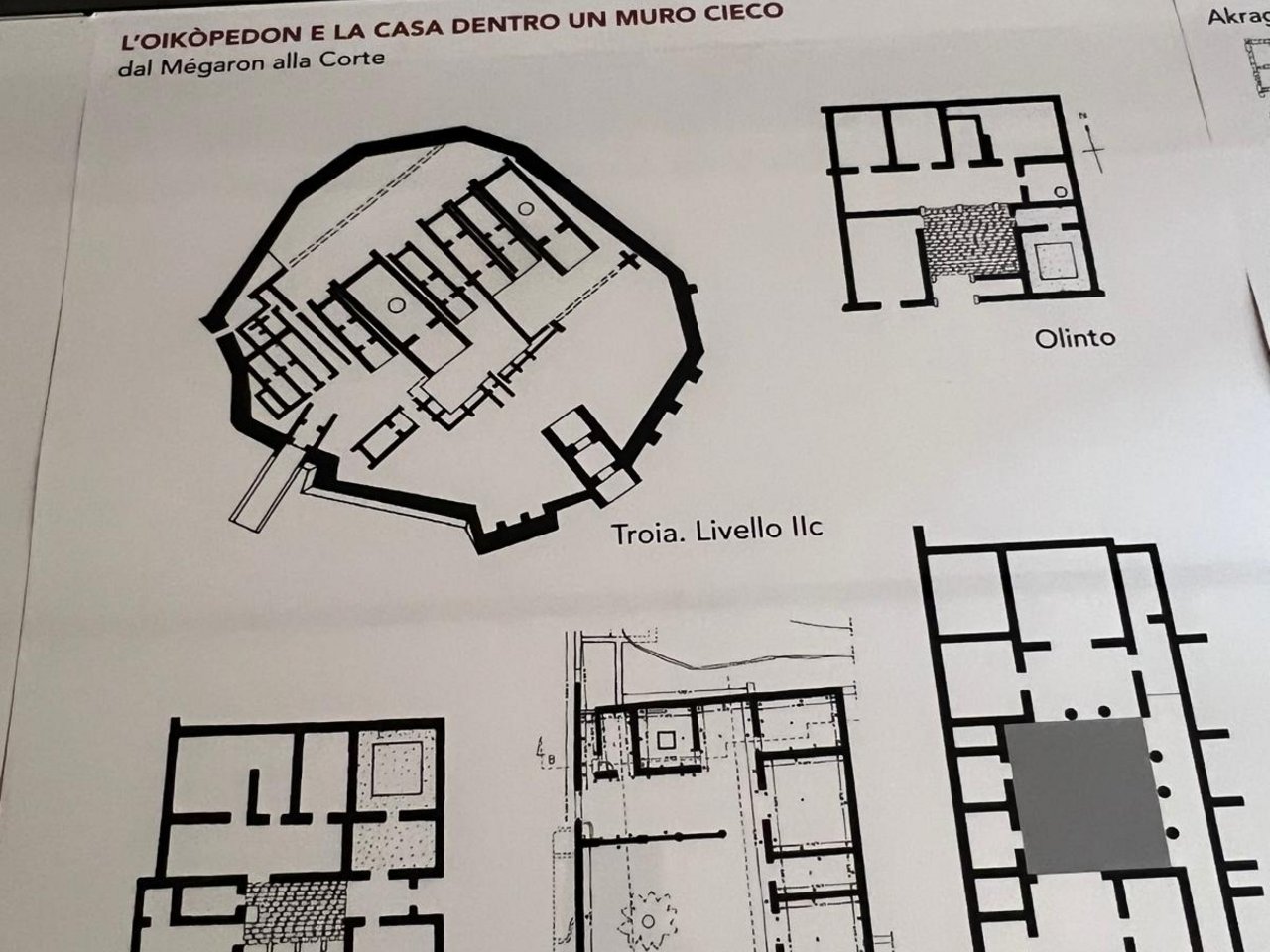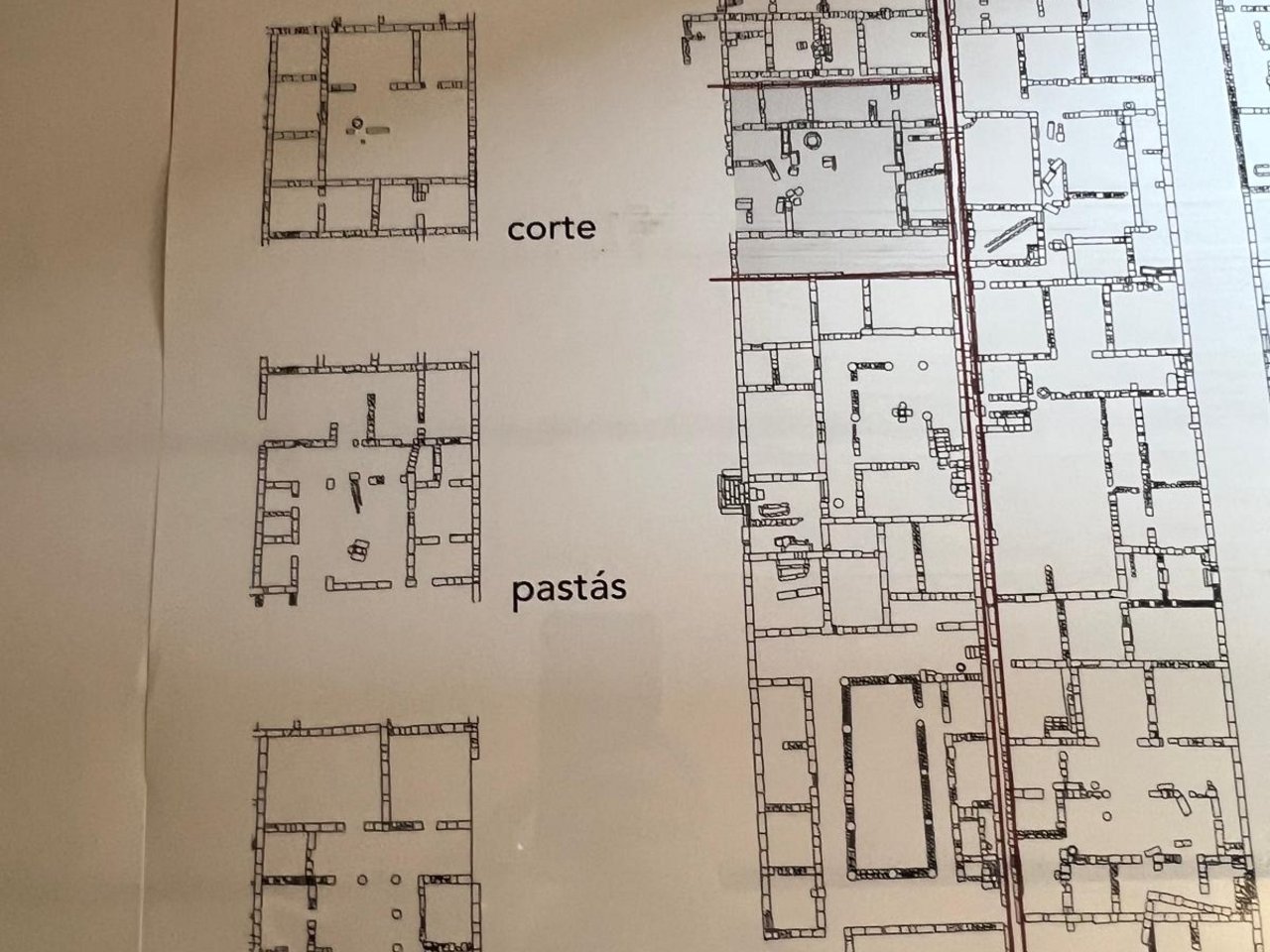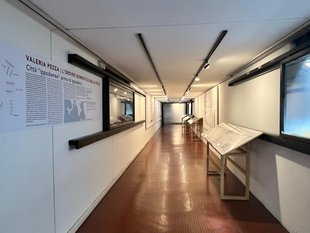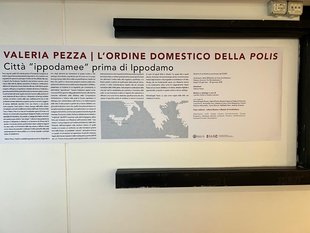Exhibition curated by Oreste Lubrano, Camillo Orfeo, Claudia Angarano, DiARC Università degli Studi Federico II di Napoli and by Architectural Design Studios 1, as part of the seminar ‘Per un'idea di casa’ (Towards an idea of home), Marvin Cukaj, Martina Landsberger, Tomaso Monestiroli, Alessandro Perego
The exhibition “L’Ordine Domestico della Polis” by Valeria Pezza explores the origins of Greek urban planning, revealing that the principles of order and proportion in the city did not originate with Hippodamus of Miletus but have much older, archaic roots.
In the so-called “Hippodamian cities” predating Hippodamus—such as Megara Hyblaea, Smyrna, and several Cretan settlements—a regular urban layout already emerges, where the grid of streets and blocks expresses a balance between the domestic and the civic dimensions.
The city thus becomes the projection of the domestic order of the polis: a system of relations and proportions linking home and community, the individual and the collective.
The urban order of ancient cities was not merely a technical device, but the expression of a new harmony between humankind, space, and the cosmos.
The “Hippodamian” cities that existed before Hippodamus embody an urban model born through gradual transformation, in which the city is conceived as a living organism capable of ensuring cohesion and balance.
In this sense, the city and the house share a common origin: both represent the most authentic form of dwelling—the collective home of the polis.
-
Flyer
PDF
